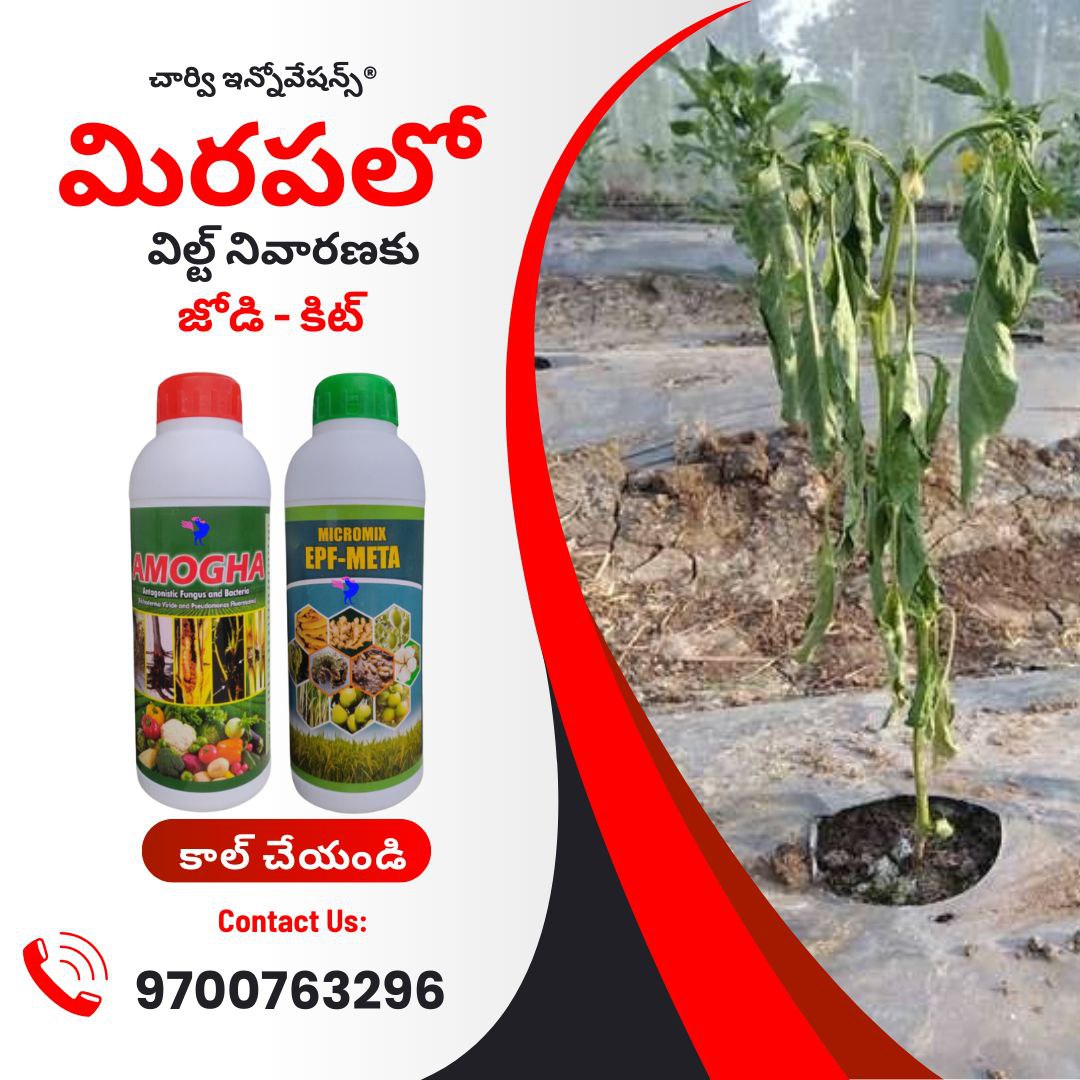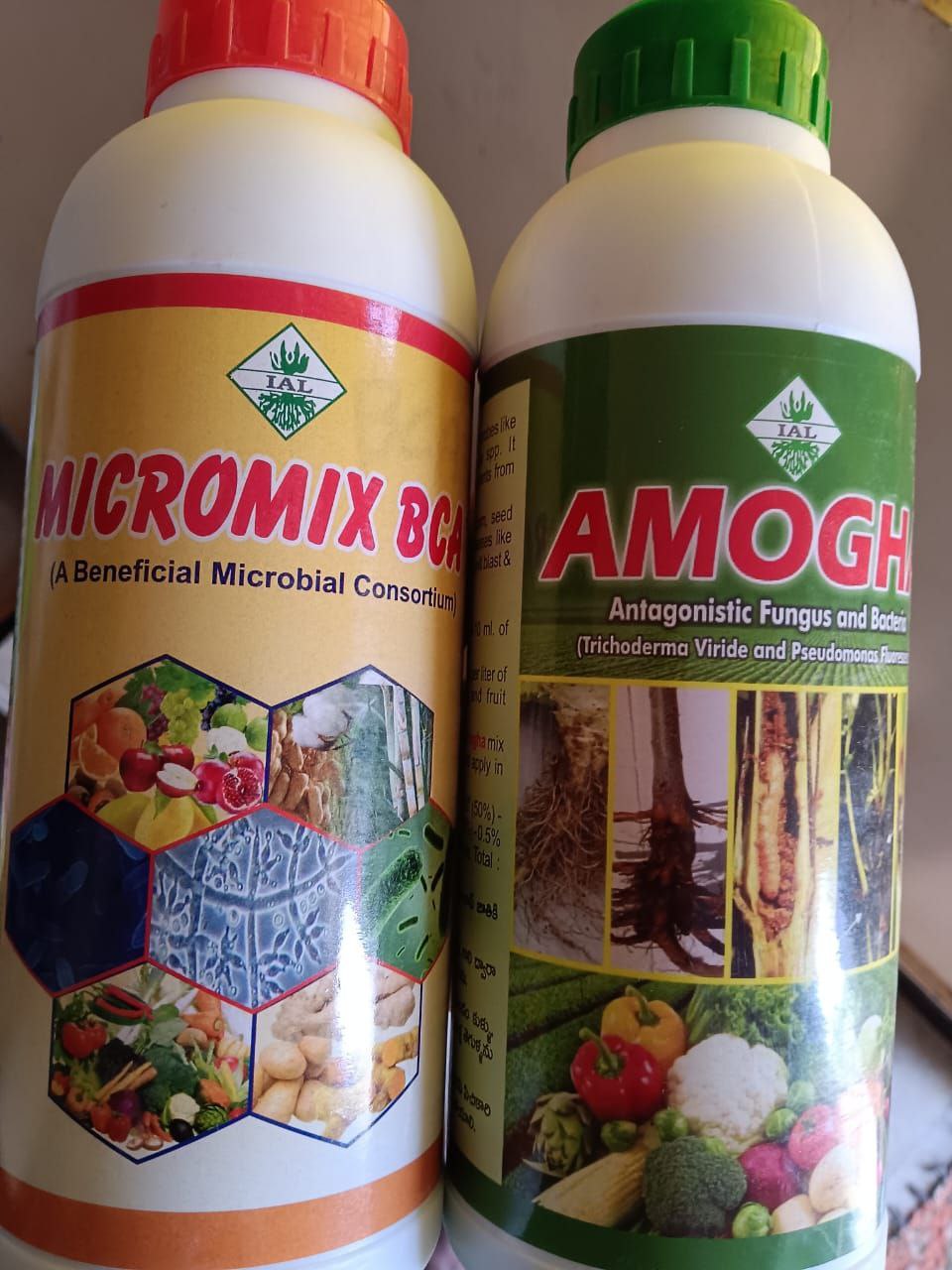Description
Plants infected by Fusarium yellows show symptoms in three ways:
First, a fast developing rot occurs if the fungus is in the seed piece (called the rhizome), that prevents “germination” of the shoots, or the shoots are very weeks and soon die.
Second, if the plant survives this early rapid rotting or the seed piece becomes infected through cracks or wounds, symptoms develop more slowly. Plants become stunted and yellow, beginning with the lower leaves, which dry out. Over a period of several months the disease progresses to the other leaves causing similar symptoms and premature death of all above-ground parts. Below ground, the rhizome becomes shriveled with a brown or black internal rot of the outer layers, and a creamy-brown colour of the water-conducting parts. Finally, all that is left of the rhizome is a shell and fibre.
Third, it is common to see white cottony growth of the fungus on rhizomes in storage or on those sold in stores. In these situations, the fungus continues to cause decay.
Spread of the fungus over short distances is probably by spores moved in ground water. Long distance spread is on rhizomes used for planting. In many countries, farmers buy their planting material from markets. Movement of the fungus in soil on shoes and machinery is also a possibility. Survival of the fungus is in the soil, where it can remain alive for many years as resting spores, or in rhizomes.
These fungi show crop-specific patterns of damage. In some cases, the plants show signs of wilting even at a juvenile stage, with leaves turning yellow. On mature plants, a slight wilting often appears on parts of the plants. This is most common during the warmest hours of the day. Leaves later turn chlorotic, often only on one side. Longitudinal sections of the stems show a brownish-red discoloration of the internal tissues, first at the base, later up the stem.
The disease starts with the infection of the fine roots, and then the fungus enters the vascular system of the plant. The vascular system transports water and food inside the plant, and this becomes blocked by the growth of the fungus. If the stem is cut across at soil level a brown stain is seen in the vascular system; often this browning is more obvious on one side.
Above ground the disease is seen as a slow wilt. Symptoms start on the lower leaves and move upwards; leaves of young plants twist and become yellow on one side, and eventually the affected leaves turn brown and drop prematurely. Plants may survive and be severely stunted, or under conditions favourable for the disease (temperatures of about 27°C) the plants are killed. Soil moisture and pH have little effect on the fungus.
The fungus spreads in a number of ways. Spores are produced both outside and inside the plants and these are spread in water and soil. The fungus spreads in infected seedlings and soil from the nursery, and also in soil on machinery or footwear.
The Fusarium wilt fungus can survive in the soil for many years growing on the remains of crops or on the roots of weeds.









Reviews
There are no reviews yet.